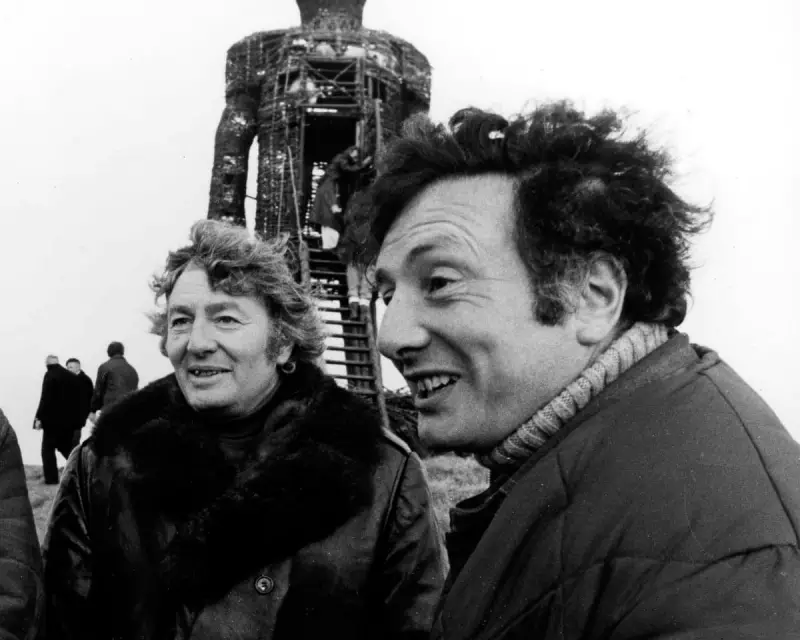
Explosive private letters have surfaced, revealing the bitter creative rift that developed between The Wicker Man director Robin Hardy and writer Anthony Shaffer during the making of the iconic British horror film. The correspondence, dating from the early 1970s, paints a picture of two collaborators whose relationship deteriorated amid artistic disagreements and professional tensions.
The Unkindest Cut: Creative Differences Emerge
The documents show Hardy expressing profound dissatisfaction with Shaffer's screenplay, describing it as "an unkind film" that failed to capture their shared vision. In one particularly revealing letter, Hardy accuses Shaffer of undermining the project's spiritual and thematic depth, suggesting the writer had compromised their original artistic intentions.
The conflict centred around fundamental creative differences:
- Hardy's desire for a more atmospheric, folk-horror approach
- Shaffer's preference for tighter narrative structure
- Disagreements over character development and pacing
- Conflicting visions for the film's controversial ending
A Collaboration Unravels
What began as a promising partnership between two creative minds gradually soured into professional animosity. The letters detail how Hardy felt increasingly marginalised in the editing process, with Shaffer allegedly making significant changes without consultation.
"The correspondence reveals a tragedy of miscommunication and bruised egos," noted film historian Dr. Eleanor Vance, who has studied the documents. "Two brilliant artists who started with a shared vision ended up pulling in opposite directions, each convinced they were protecting the soul of the project."
The Legacy of a Fractured Masterpiece
Despite the behind-the-scenes turmoil, The Wicker Man would eventually achieve cult status, becoming one of Britain's most celebrated horror films. The revelation of this creative feud adds a new layer of complexity to understanding the film's troubled production history.
The letters provide crucial context for the various versions of the film that have circulated over the decades, explaining why certain scenes were cut or altered. They also shed light on why Hardy and Shaffer never collaborated again, despite the eventual success of their fractured masterpiece.
This newly uncovered correspondence serves as a poignant reminder that even the most enduring works of art can emerge from the most difficult creative partnerships, forever changing how we view this cornerstone of British cinema history.





